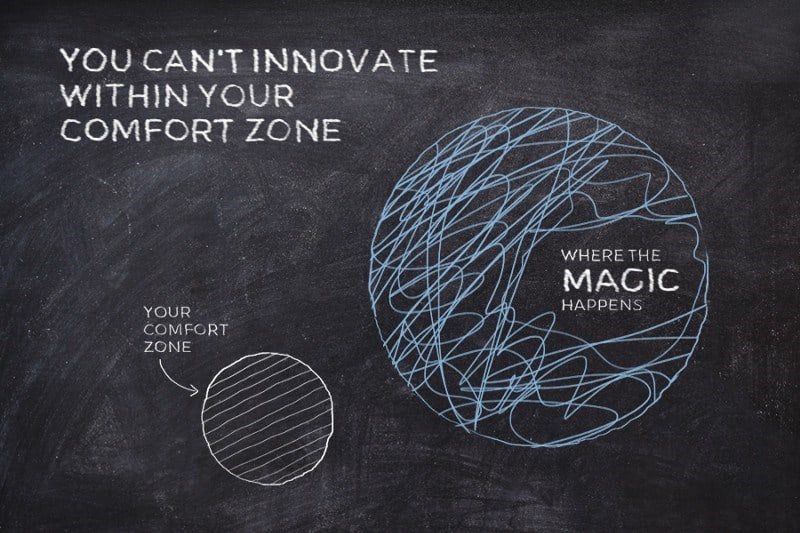One-on-one meetings are one of the primary and most important “tools” to build out a trusting and productive relationship with your direct reports. There are a lot of nuances to it; I’ve written about the basics, active listening and using questions rather than giving directives. Today, I’m giving you an enabling 1:1 document template that you can try with your folks.
I always use 1:1 docs with my engineers, for the following reasons:
- We all tend to forget things right away in the daily turmoil. Capturing them in a doc for future discussion helps. You can both add topics during the days between two sessions, so you don’t need to rely on your memory.
- Having topics upfront gives you both time to prepare mentally for them.
- You can capture agreements and action items, so there’s no misunderstanding and misalignment.
- Sometimes it’s really nice to look back at things and see how they evolved. A doc helps here, too.
One important nuance: The doc needs to be private to both of you. Eventually, the doc will contain personal things or otherwise sensitive matters. I usually use google docs and transfer the ownership right away to the engineer – this is a small gesture giving them control over things.
I recently started a new job and my manager presented me with this really nice template which feels like the combination of all I’ve tried over the years. I’m sharing it with you now, with the hope that you’ll also find it useful.
- Personal Highlights/lowlights since we last talked
- (Last session of the month) Feedback round / Share 1 piece of direct feedback with each other
- (Second session of the month) Review Personal Development Plan
- Review open action items (if any)
- Active/Recurring topics
- Other topics to discuss

Here’s the template in Google Docs
Make a copy and start using the doc for your one-on-one meetings!
As you can see this is both an agenda and a template – I copy this to each session’s section in the doc upfront and we can fill them in as we progress to the next 1:1. Let’s see the items one by one:
Personal Highlights/lowlights since we last talked
This is an invitation for both parties to “check in” – think back to the time since you last talked in this setting. What are some good memories and what are some not-so-great ones? This is important on the emotional level, a great chance to show empathy and build trust both by actively listening and by demonstrating vulnerability. Optionally you might agree to address some of these things with action items but that’s not the main purpose here.
Review open action items (if any)
This is what it says on the tin. If you’ve set action items earlier, make sure you regularly check their progress. You might decide to drop some of them, as well, of course, this is not for reporting but for making sure things are not forgotten.
Active/Recurring topics
Things you want to keep talking about won’t always turn into action items. It’s important to re-surface such topics regularly, again, to make sure they aren’t forgotten. Maybe this time you’ll set some action items.
Other topics to discuss
I usually expect this section to be the busiest – this is for topics that just came up for either of you between two one-on-one sessions.
Feedback round
This has the chance to turn awkward, especially in the early stages of the relationship. This is exactly why you need to keep trying – the goal is to build out a feedback culture. The scope of the feedback doesn’t matter, it’s practice and building out the mindset and the routine that matters. This also has to come from both parties, and managers can lead by example here, easing the tension.
Review Personal Development Plan
One of the biggest mistakes I keep repeating is to set goals and then forget because there are always lots of fresh and active things to talk about which take the time of 1:1s. This section here is to remind us to repeatedly get back to goals and find ways to progress with them, usually resulting in action items and smaller-scale plans.



